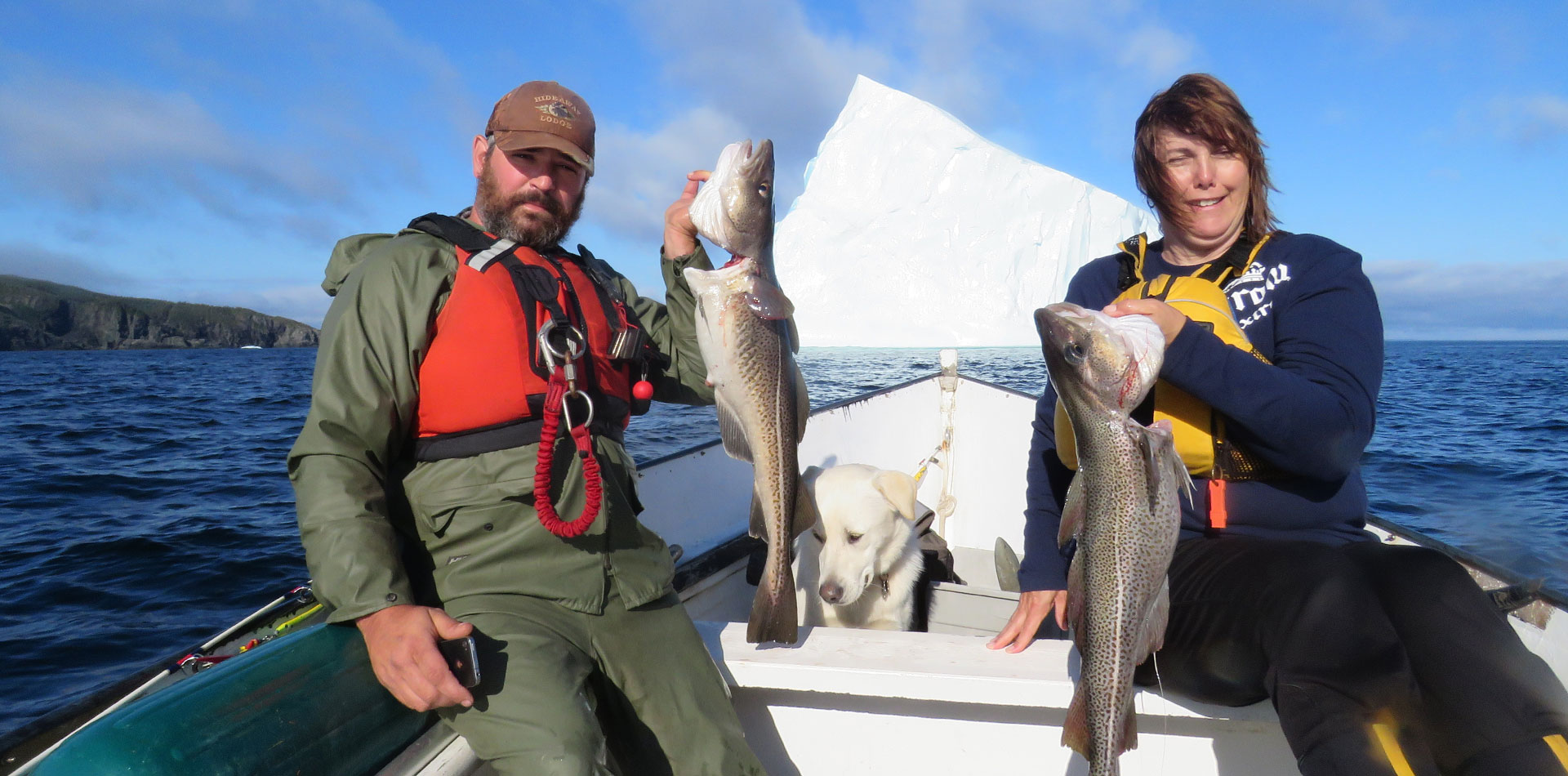For centuries after the first Europeans arrived on the coast of Nl in 1497, the cod fishery had been the mainstay of the economy. On his discovery voyage for the King of England, Italian explorer John Cabot had reported that the cod stocks were so massive that you could simply lower a basket over the side of the ship to fill it.
From those early days to the middle of the eighteenth century, the fishery in Nl was mainly a migrant one. European ships would arrive in the spring, fish for cod and return to their country of origin prior to winter with their catch of cured fish. But settlements were beginning to become established around the coast which resulted in ships bringing salt cod overseas and sailing back with bartered goods in exchange. Salt cod from Newfoundland and Labrador became an important currency in the international trade market. European countries traded salt, fruit, nuts, wine and other goods, Brazil traded cotton and coffee while the West Indies exchanged sugar, molasses and rum.
The process of curing cod or “Making Fish” as it’s called in Newfoundland, was an art in itself and the quality of the final product depended on many variables such as the condition of the fish to begin with, the skill of all involved in the process and equally important if not the most was the weather. Making fish began with the gutters and headers. Then a splitter with a special knife having a curved blade removed the sound bone and pushed the split cod into a wash tub. It was said that a good splitter to remove the soundbone ( backbone) , flick it overboard with his knife and have another one following it from another fish before the first one hit the water. The split fish was washed and then layered in coarse salt for a period of time. It was then washed for the second time to remove the salt before spreading it on flakes to dry in the sun. Much care and a watchful eye was critical during this stage as some days were better than others for the drying process. Days with high humidity and little wind were poor and could soon spoil the product if it wasn’t handled properly. But most fisherman had their techniques of proper care that resulted in cured fish that were acceptable for market.
In the old days most of the cod were caught with hook and line but as technology improved, different methods were used such as the cod trap, seines, and gillnets. These new methods gave way to even larger catches with the use of bigger and faster boats like Long Liners, trawlers and draggers. The once abundant cod stocks were beginning to decline, not only as a result of overfishing at home, but also from the continuous presence of large foreign fishing vessels from many other countries. There were many attempts by the government of Canada to slow down the decline of the stocks such as reducing quotas and extending its jurisdiction to 200 miles to limit foreign fishing vessels, but it was too late. In 1992, after nearly 500 years of fishing, the Government of Canada announced a two year moratorium on the Northern Cod Fishery. A way of life had drastically changed. This moratorium lasted for over 20 years but today there is a small commercial as well as a recreational fishery.



